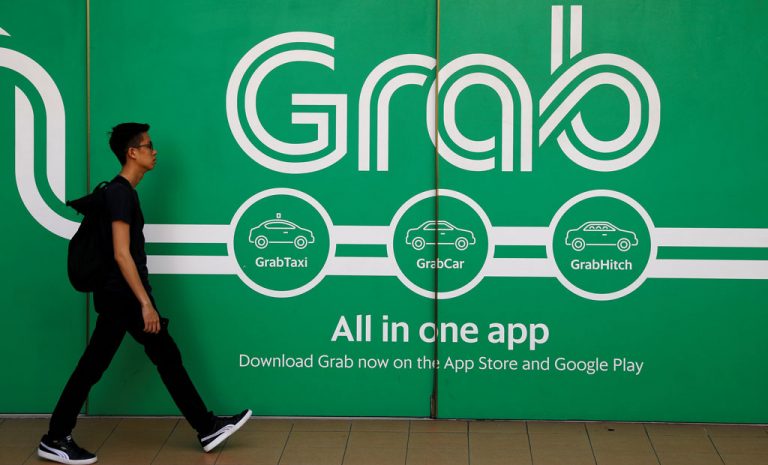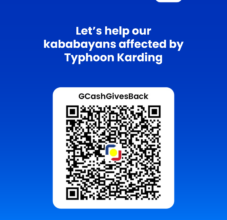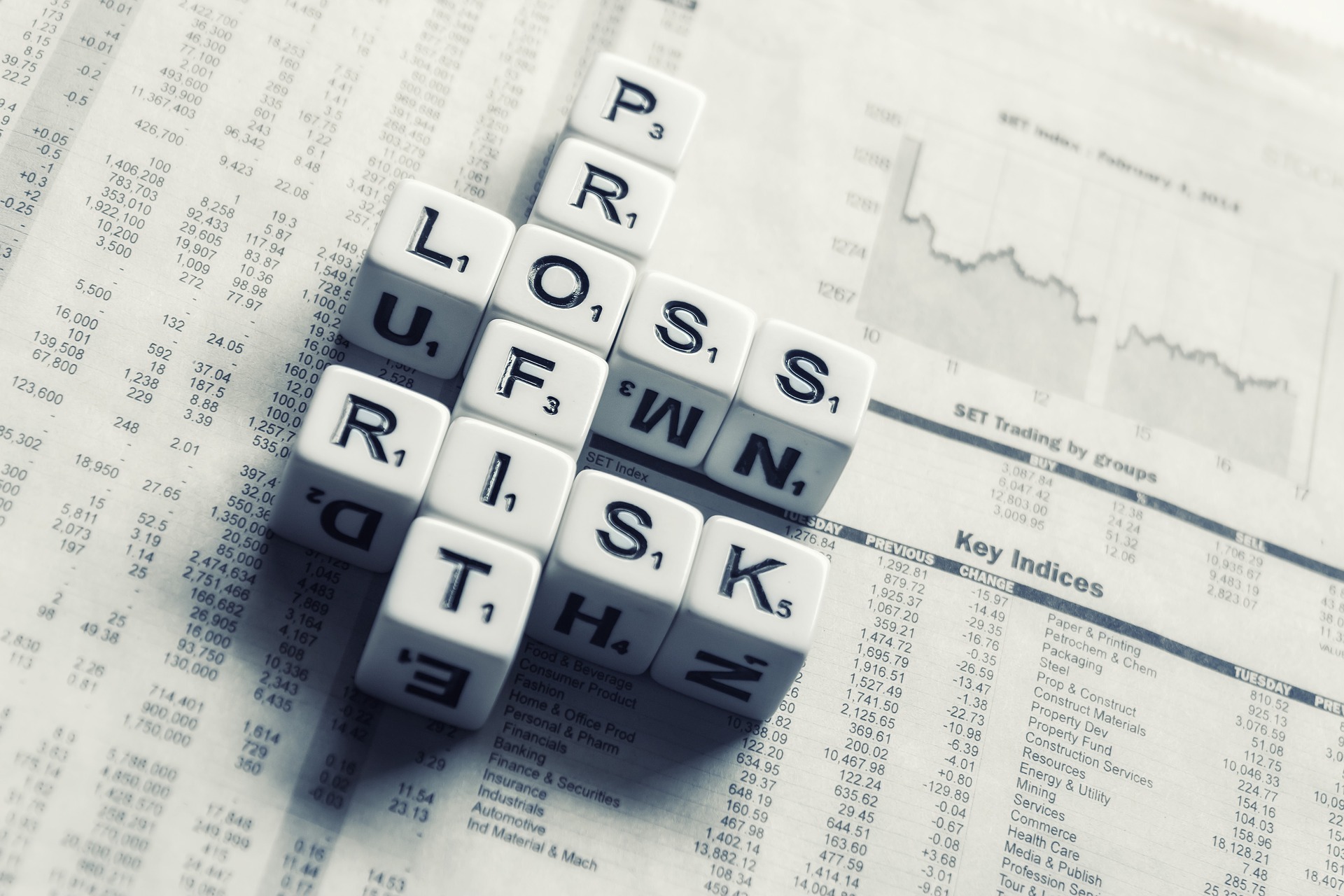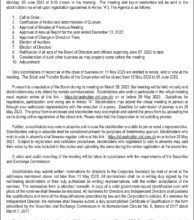Grab’s Nasdaq debut to set tone for Southeast Asian tech listings

SINGAPORE — Grab, Southeast Asia’s biggest ride-hailing and delivery firm, makes its market debut on Thursday after a record $40 billion merger with a special purpose acquisition company (SPAC), in a listing that will set the tone for other regional offerings.
The backdoor listing on Nasdaq marks the high point for the nine-year-old Singapore company that began as a ride-hailing app and now operates across 465 cities in eight countries, offering food deliveries, payments, insurance and investment products.
Grab’s rivals, including regional internet firm Sea and Indonesia’s GoTo Group, are also bulking up, with the region’s internet economy forecast to double to $360 billion in gross merchandise volume by 2025.
Grab was founded by Anthony Tan, its chief executive, and Tan Hooi Ling, who developed the firm from an idea for a Harvard Business School venture competition in 2011.
CEO Tan, 39, expanded Grab into a regional operation with a range of services, after launching as a taxi app in Malaysia in 2012. It later moved its headquarters to Singapore.
“What we have shown to the world is that homegrown tech companies can develop great technology that can compete globally, even when international players are in town … we can compete and win,” Mr. Tan told Reuters.
He said Grab’s listing would help showcase the opportunity available to investors in Southeast Asia, a region with a population of about 650 million.
Grab’s listing brings a payday bonanza to early backers such as SoftBank Group Corp and Chinese ride-hailing giant Didi Chuxing, which invested as early as 2014.
They were later joined by others, such as Toyota Motor, Microsoft and Japanese bank MUFG. Uber became a Grab shareholder in 2018 after selling its Southeast Asian business to Grab following a five-year battle.
Analysts see scope for many players in Southeast Asia’s fragmented food delivery and financial services markets, but the road to profitability can be a long one.
In September, Grab cut its full-year adjusted net sales forecasts, citing renewed uncertainty over pandemic curbs on movement.
Third-quarter revenue fell 9% and its adjusted loss before interest, taxes, depreciation, and amortization (EBITDA) widened 66% to $212 million. Grab said GMV jumped 32% in the quarter to a record $4 billion.
It aims to turn profitable on an EBITDA basis in 2023.
Grab said it completed its business combination with the SPAC, Altimeter Growth Corp. Grab will begin trading on Nasdaq under the ticker symbol “GRAB.”
Grab raised $4.5 billion alongside the SPAC transaction, including $750 million from Silicon Valley tech investor Altimeter Capital Management in a deal in April. — Anshuman Daga and Aradhana Aravindan/Reuters
FACTBOX | Grab debuts on Nasdaq, marking biggest Southeast Asia listing
Grab, Southeast Asia’s biggest ride-hailing and food delivery firm, lists on Nasdaq on Thursday following its $40 billion merger with special-purpose acquisition company (SPAC) Altimeter Growth Corp. The deal is the world’s biggest ever by a blank-check company and the biggest US listing by a Southeast Asian firm.
WHAT IS GRAB?
Founded in 2012, Grab is Southeast Asia’s largest startup, valued at just over $16 billion last year. It launched as a Malaysian taxi-hailing service and now calls itself a “superapp” after expanding into food, grocery and parcel delivery and to digital payments, lending and other financial services.
Singapore-headquartered Grab operates across 465 cities in eight countries in the region, counting Indonesia as its biggest. Its venture with Singapore Telecommunications Ltd was awarded a digital bank license in Singapore last year.
Grab gained the global spotlight in 2018 when it bought the Southeast Asian business of Uber Technologies Inc in return for the US ride-hailing company taking a stake in Grab.
With some 8,000 employees, Grab has tech centers in Singapore, Beijing, Seattle, Bengaluru and other places.
WHO’S BACKING GRAB?
Early investors include Japan’s SoftBank, China’s Didi Chuxing and venture capital firms Vertex Ventures Holdings and GGV Capital.
Grab raised about $12 billion ahead of the listing. Investors range from venture and hedge funds to automobile companies and other ride-hailing firms, and include:
Uber, Booking Holdings Inc, China Investment Corp, Coatue Management, Hillhouse Capital, Hyundai Motor Co., Invesco Ltd, Microsoft Corp, Ping An Capital Co, Toyota Motor Corp, and Yamaha Motor Co.
In the SPAC deal, about three dozen investors came on board including Temasek Holdings, BlackRock, Fidelity International, Abu Dhabi’s Mubadala and Malaysia’s Permodalan Nasional Bhd and Altimeter Capital.
WHO’S THE COMPETITION?
GoTo Group, formed by the merger of Indonesian ride-hailing and deliveries firm Gojek and local e-commerce leader Tokopedia is Grab’s biggest competitor.
Singapore-based Sea Ltd, which has e-commerce, gaming and a digital payments business, and is also muscling into food delivery and financial services in Indonesia. Sea has also won a digital bank license in Singapore.
Grab is likely to increasingly start competing with banks as it expands its financial services.
It also competes with such delivery companies as Foodpanda and Deliveroo PLC.
WHAT ARE GRAB’S FINANCIALS?
Grab’s third-quarter revenue fell 9% from a year earlier to $157 million. Its adjusted loss before interest, taxes, depreciation and amortization (EBITDA) widened 66% to $212 million. Gross merchandise value hit a quarterly record of $4 billion.
The delivery business has emerged as the biggest segment as more consumers shifted to online food delivery during the pandemic.
Grab forecasts it will turn profitable on an EBITDA basis in 2023.
WHO ARE ITS KEY EXECUTIVES?
Anthony Tan, 39, is the company’s CEO and co-founder.
Fellow co-founder Tan Hooi Ling, 38, runs Grab’s operations, including corporate strategy and technology.
Both Tans, unrelated, met at Harvard Business School, where they conceived the idea of the ride-hailing company.
Grab’s president, Ming Maa, is a prominent dealmaker from SoftBank, who joined the company in 2016. — Reuters




